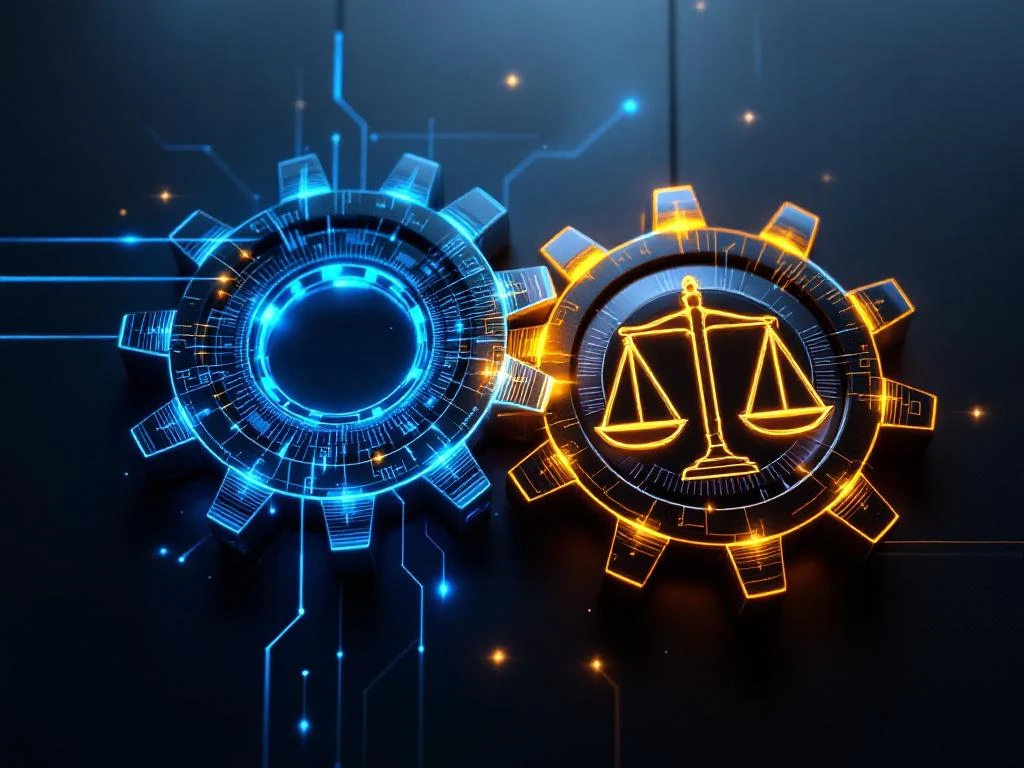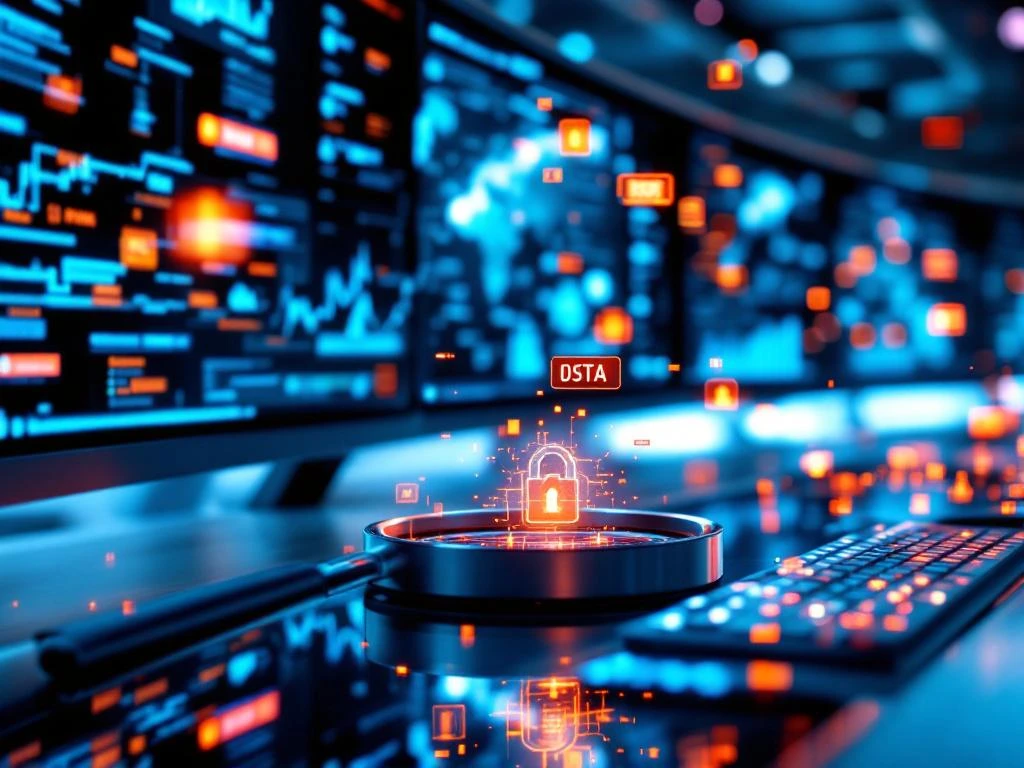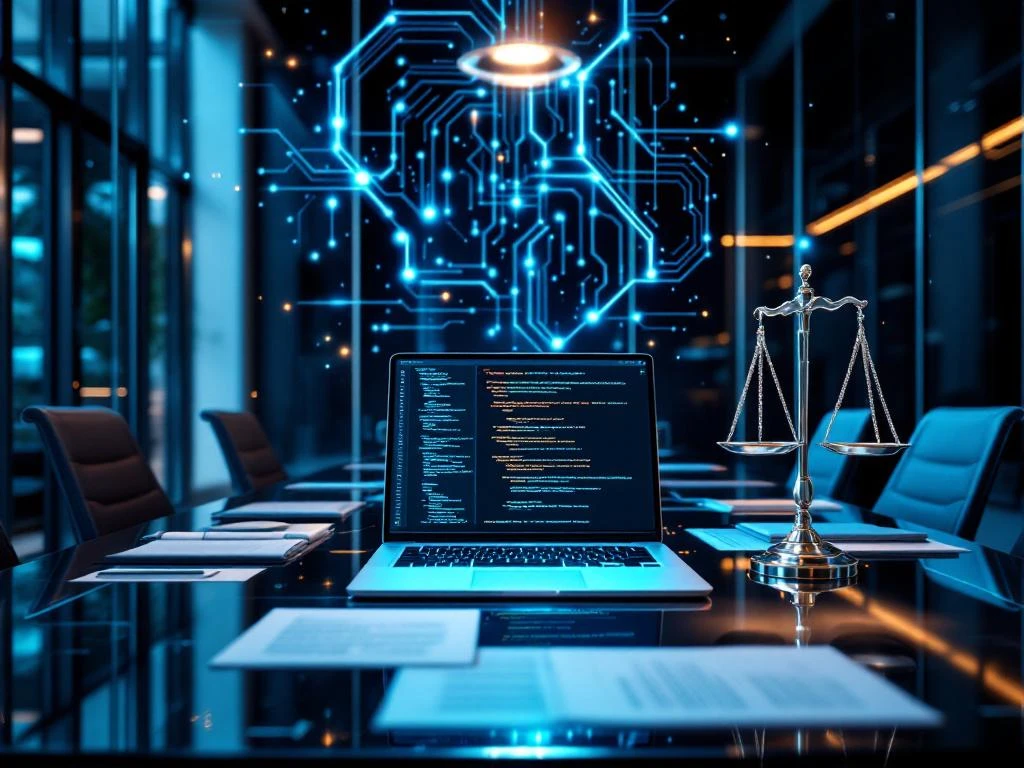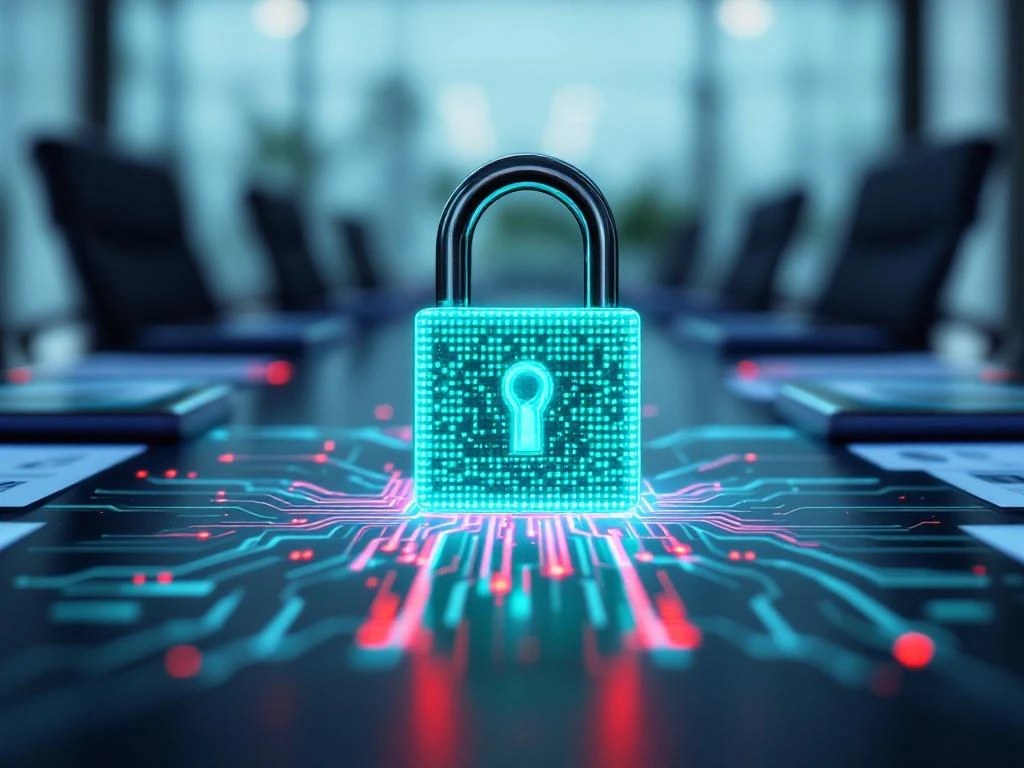Cyber directors and litigation support leads often work in parallel universes within the same organisation. When a data breach hits, the cyber team scrambles to contain the damage while legal teams worry about regulatory compliance and potential lawsuits. This disconnect creates vulnerabilities that sophisticated attackers exploit and regulators scrutinise.
Modern organisations face threats that don’t respect departmental boundaries. A ransomware attack triggers immediate technical response needs, but it also creates legal obligations for breach notification, regulatory reporting, and potential litigation. When these teams operate separately, critical information gets lost in translation, response times suffer, and organisations face unnecessary risks.
This guide shows you how to build complementary teams that work together effectively. You’ll learn practical strategies for bridging the gap between technical cybersecurity expertise and legal requirements, creating structures that protect your organisation more comprehensively than either team could achieve alone.
Why cyber directors and litigation support leads need each other
Cybersecurity incidents immediately become legal matters, creating an intricate web of technical and regulatory challenges that require coordinated expertise:
- Regulatory compliance intersects with incident response – When attackers breach systems, organisations face simultaneous technical remediation needs and strict notification requirements under multiple jurisdictions, often with conflicting timelines
- Evidence preservation conflicts with security operations – Cyber teams need to isolate and restore systems while legal teams must preserve digital evidence for potential litigation, creating operational tensions that can compromise both objectives
- eDiscovery now handles sophisticated cyber cases – Legal professionals regularly manage cases involving ransomware attacks, insider threats, and complex digital forensics, requiring technical understanding they may lack
- Privacy regulations demand integrated approaches – Laws like GDPR require organisations to demonstrate both technical safeguards and legal compliance simultaneously, making siloed approaches insufficient
- Attack vectors exploit organisational blind spots – Sophisticated threat actors understand organisational weaknesses and target the gaps between technical security measures and legal compliance frameworks
The convergence of cybersecurity and legal requirements has fundamentally changed how organisations must approach risk management. Isolated teams create vulnerabilities that extend beyond technical security gaps to include regulatory exposure, litigation risks, and reputational damage. Modern threat landscapes require organisations to view cybersecurity incidents through both technical and legal lenses simultaneously, making coordination between these traditionally separate domains essential for comprehensive protection.
Common gaps between cybersecurity and legal teams
Despite their interdependence, cyber and legal teams often struggle with fundamental disconnects that compromise organisational security and compliance:
- Language and priority barriers – Cyber directors focus on attack vectors and threat intelligence while legal teams prioritise discovery obligations and privilege protection, creating communication breakdowns during critical incidents
- Conflicting operational timelines – Security teams operate on hour-to-day incident response cycles while legal frameworks unfold over months or years, leading to misaligned priorities during breach response
- Incompatible technology ecosystems – eDiscovery platforms rarely integrate with SIEM systems or forensic tools, forcing teams to manually bridge technology gaps during time-sensitive investigations
- Jurisdictional complexity challenges – Multi-national incidents require navigating varying breach notification requirements and privacy laws that legal teams understand but cyber teams must implement technically
- Resource allocation conflicts – Budget constraints often pit cybersecurity prevention investments against legal compliance and litigation preparedness spending
- Mutual knowledge deficits – Cyber professionals may not understand attorney-client privilege implications while legal teams often lack technical knowledge about network architectures and digital forensics procedures
These gaps create cascading effects that extend far beyond internal coordination problems. When teams can’t communicate effectively or align their efforts, organisations face increased regulatory scrutiny, prolonged incident response times, and elevated litigation risks. The knowledge deficits work both ways, creating assumptions and blind spots that sophisticated attackers can exploit while regulators increasingly expect seamless coordination between technical security measures and legal compliance frameworks.
Building shared understanding across technical and legal domains
Creating effective collaboration requires deliberate efforts to bridge knowledge gaps and establish common operational frameworks:
- Develop integrated vocabulary and documentation – Create glossaries that explain technical security terms in legal context and legal concepts in technical terms, plus shared incident response playbooks that integrate security procedures with legal requirements
- Establish routine communication channels – Schedule regular meetings between cyber and legal leadership to discuss emerging threats and regulatory changes before crisis situations test coordination capabilities
- Implement strategic cross-training programmes – Send legal professionals to cybersecurity conferences and cyber directors to eDiscovery training sessions to build mutual appreciation for each domain’s challenges and requirements
- Deploy collaborative technology platforms – Use case management systems that track both security incidents and related legal matters while enabling secure information sharing between teams
- Practice integrated scenario exercises – Run tabletop exercises that combine technical containment with legal notification requirements to identify and resolve coordination conflicts in low-pressure situations
- Create shared evidence handling procedures – Document processes that satisfy both forensic integrity requirements and legal admissibility standards to prevent confusion during incidents
Building shared understanding goes beyond simple knowledge transfer—it requires creating cultural bridges between two domains with fundamentally different approaches to risk, time, and problem-solving. The most successful organisations treat this integration as an ongoing process rather than a one-time training initiative, continuously reinforcing collaborative behaviours and updating shared knowledge as both cyber threats and legal requirements evolve.
How to structure complementary cyber-legal teams
Effective organisational design requires balancing independence with collaboration to create structures that enhance both domains:
- Design dual-reporting relationships – Create key positions that report to both cyber and legal leadership for different aspects of their responsibilities, ensuring critical roles balance technical and legal requirements
- Establish dedicated liaison roles – Designate individuals who understand both domains to serve as primary communication channels, translating technical findings into legal implications and legal requirements into technical constraints
- Form integrated incident response teams – Create standing committees with representatives from cybersecurity, legal, compliance, communications, and business operations, with clear roles and decision-making authority for different scenarios
- Implement matrix structures for cross-functional projects – Ensure technical solutions meet legal requirements and legal strategies consider technical feasibility through integrated project teams
- Define clear escalation procedures – Establish criteria and decision trees for when security incidents require legal involvement and when legal matters need cybersecurity input
- Develop hybrid specialist roles – Consider positions like “Cyber Legal Analyst” or “Digital Evidence Specialist” that combine technical and legal expertise for crucial translation capabilities
- Create shared governance committees – Include both cyber and legal representation in developing data governance policies, incident response procedures, and compliance frameworks
Successful structural integration requires careful attention to accountability and decision-making authority. While collaboration is essential, teams still need clear ownership of their core responsibilities and the ability to act decisively within their domains. The goal is to create structures that facilitate coordination without creating bureaucratic bottlenecks or diluting the specialised expertise that makes each team effective.
Measuring success in cross-functional security partnerships
Demonstrating the value of integrated cyber-legal teams requires comprehensive metrics that capture both operational efficiency and strategic outcomes:
- Incident response coordination efficiency – Track time between security incident detection and legal team notification, plus speed of establishing coordinated response procedures and parallel workstreams
- Compliance and regulatory outcomes – Monitor regulatory examination results, breach notification timeliness, and litigation outcomes to demonstrate improved compliance and reduced legal exposure
- Evidence preservation effectiveness – Measure digital evidence preservation success during security incidents while maintaining operational capabilities, including admissibility and usefulness in legal proceedings
- Cross-functional knowledge transfer – Survey team members about their understanding of the other domain’s requirements and test knowledge retention through scenario-based assessments
- Stakeholder satisfaction metrics – Track feedback from business units, executive leadership, and external partners about coordinated cyber-legal response effectiveness and communication clarity
- Cost-effectiveness analysis – Compare integrated approach costs against separate management expenses, including reduced external consultant fees and decreased regulatory penalties
- Partnership relationship quality – Monitor joint project success rates, communication frequency, and conflict resolution outcomes to assess collaboration health over time
Effective measurement systems provide both tactical feedback for continuous improvement and strategic evidence of partnership value to organisational leadership. The most meaningful metrics often combine quantitative performance indicators with qualitative assessments of relationship strength and stakeholder confidence, creating a comprehensive picture of partnership effectiveness that justifies continued investment in cross-functional collaboration.
Building complementary teams between cyber directors and litigation support leads requires intentional effort and ongoing commitment. The organisations that succeed in creating these partnerships gain significant advantages in managing modern security and legal challenges. They respond more effectively to incidents, maintain better regulatory compliance, and create more resilient operational capabilities.
The investment in cross-functional collaboration pays dividends when crisis situations test your organisation’s preparedness. Teams that understand each other’s requirements, communicate effectively, and coordinate their responses can turn potential disasters into manageable incidents.
At Iceberg, we understand the critical importance of finding professionals who can bridge these technical and legal domains. Our global network includes both cybersecurity experts and eDiscovery specialists who understand the intersection between these fields, helping organisations build the integrated capabilities they need to thrive in today’s complex threat environment.
















